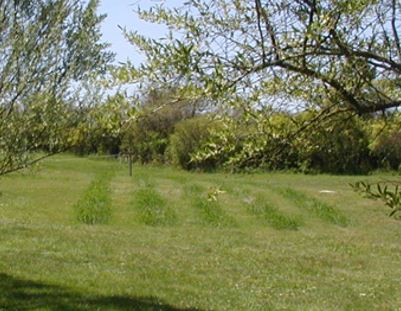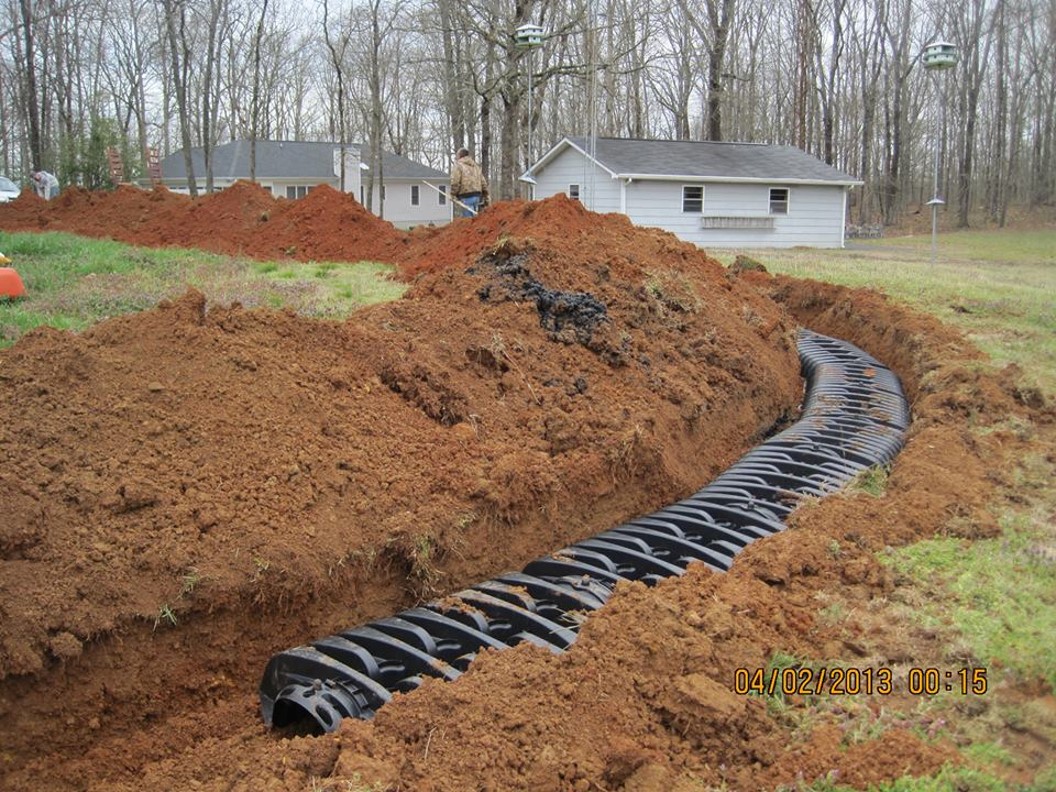Five Benefits of Installing Shallow Onsite Wastewater Treatment Systems
Posted on by Eric Berquist
Installing a shallow onsite wastewater treatment system can provide many benefits for installers, homeowners, and the environment. Scientific studies provide varied definitions of shallow systems. In summary, a shallow onsite wastewater treatment system is essentially any leachfield installed at a depth of 4 to 24 inches below grade. Shallow systems can be designed and installed as gravity-fed or low-pressure dosing for equal distribution. Here are five benefits of installing a shallow system.
Maximize Separation Distance
This is probably the biggest reason for a shallow system design and installation. Many sites do not have the required separation distance to the water table; a shallow design may be able to overcome that limitation. Specific products like our Quick4 Plus Standard Low Profile (LP) chambers have been introduced to address the growing demand for shallow system installations in recent years.
The ability to design and install a shallow system might be an alternative to a mounded system or at least cut back a bit on the height to meet regulatory separation distance requirements.
Maximize Evapotranspiration (ET) and Increase Nutrient Uptake
 Evapotranspiration (ET) is the upward movement of moisture and nutrients. Because a system is installed at a shallow depth this movement can occur more efficiently than systems installed at greater depths. Over time you may start to notice green stripes in the grass where a shallow onsite wastewater treatment system is installed. This is typically a good sign and indication that ET and nutrient uptake are taking place and the system is effectively treating the effluent. Green stripes in addition to surfacing effluent are cause for concern and the system should be inspected and repaired as soon as possible.
Evapotranspiration (ET) is the upward movement of moisture and nutrients. Because a system is installed at a shallow depth this movement can occur more efficiently than systems installed at greater depths. Over time you may start to notice green stripes in the grass where a shallow onsite wastewater treatment system is installed. This is typically a good sign and indication that ET and nutrient uptake are taking place and the system is effectively treating the effluent. Green stripes in addition to surfacing effluent are cause for concern and the system should be inspected and repaired as soon as possible.
Maximize Available Oxygen
Trench spacing in shallow onsite wastewater treatment systems allow for oxygen transfer through the soil columns which helps prevent the formation of a too-restrictive, prohibitive biomat.
Maximize Microbial Activity
 All of the microorganisms or “bugs” as we typically call them in the industry can be scientifically classified as soil biota. Soil biota plays a big role in the treatment of effluent in the leachfield. It’s estimated that nearly all of soil biota are located in the top 16 inches of soil. So, if a system is installed within this area, you’ll receive maximum benefit of the soil biota for treatment of the effluent.
All of the microorganisms or “bugs” as we typically call them in the industry can be scientifically classified as soil biota. Soil biota plays a big role in the treatment of effluent in the leachfield. It’s estimated that nearly all of soil biota are located in the top 16 inches of soil. So, if a system is installed within this area, you’ll receive maximum benefit of the soil biota for treatment of the effluent.
Minimize Costs
You can recognize some cost savings in terms of less labor and machine time when installing a shallow onsite wastewater treatment system because the trenches require less excavation. However, you do introduce additional costs if you’re adding low-pressure dosing to the system.
Here are some of the resources we have available to assist you with designing and installing shallow systems.
VIDEO: Pressure Distribution Systems Shallow Pressure Distribution Systems in Optimal Soil Horizons
And, of course, our technical services team is available to answer your questions about shallow onsite wastewater treatment systems.
About the Author:
 Eric Berquist
Eric Berquist
Senior Sales Representative
Eric Berquist is the Colorado, New Mexico, Southeast Wyoming and Utah Senior Sales Representative for Infiltrator Water Technologies. He attended Central Connecticut State University majoring in Business Management. Eric entered the onsite wastewater industry in 2002 and is committed to the industry and public health. Eric has a passion for preserving the environment through sound wastewater treatment solutions. Eric can be seen giving educational seminars and instructional demonstrations to both contractors and suppliers. He works with local health departments for product approvals and assists with customers and field representatives in the planning and execution of onsite wastewater systems. Eric is a member of the Colorado Professionals in Onsite Wastewater and has served in other industry organizations in New Mexico and Utah. In his free time he enjoys spending time with his family and mountain biking.
Contact us if you have any questions about this blog post.
